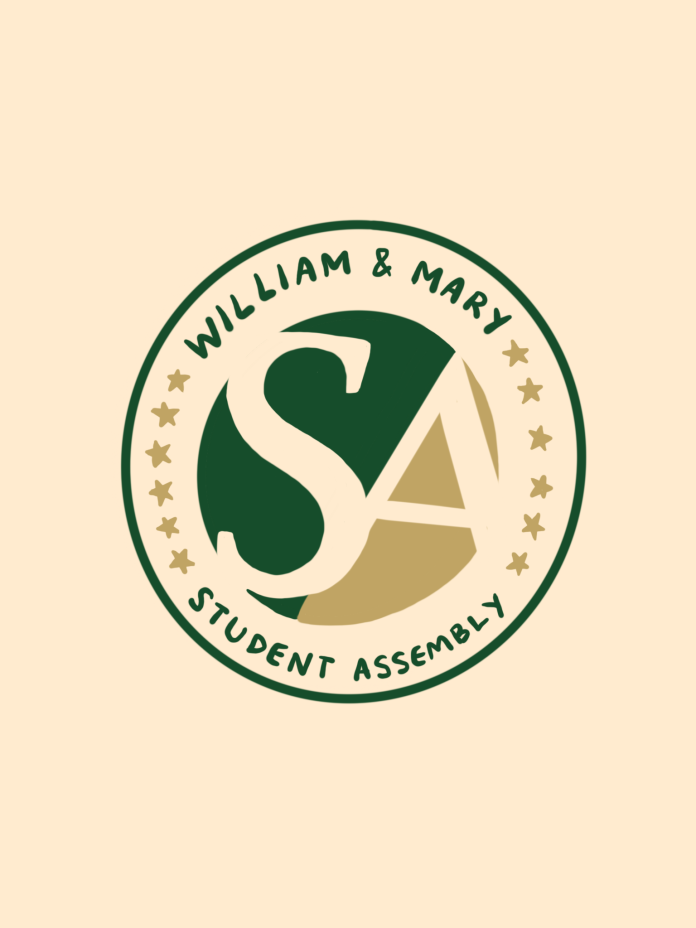John Powers ’26 is a public policy major from Brooklyn, NY. He is a resident assistant and a member of the Undergraduate Moot Court Competition team. Email him at jdpowers@wm.edu.
The views expressed in this article are the author’s own.
A year and a half ago, I entered the College of William and Mary bright-eyed and ambitious, eager to meet new people and immerse myself in the many extracurricular activities this college had to offer. I also wanted to make some kind of a difference — one that, in part, would look nice on a resume (I’m not afraid to admit it). So, I did what any former high school senior council member would do: I ran to be a senator for the class of 2026.
That did not pan out very well. Ultimately, I came in fifth place by three votes. Little wonder that I lost. Frankly, I ran a misguided campaign without a clear message and lacked realistic policy proposals. I made serious blunders throughout the two week sprint to the election. Instead of talking with my peers, I spent time and energy making Instagram posts on Canva that no one would engage with. Worst of all, I reneged on a promise to endorse a friend who was running for class president, a conniving decision I regret to this day.
Thursday, March 28, students at the College will have the opportunity to once again elect their class senators, class presidents and student body president. As the election nears, I’ve been reflecting on my experience. I remember sitting in my 15-person COLL 150 on the morning of the aforementioned election. It just so happened that two of my competitors were in the same class, and it was tense. I remember the disappointment of defeat. But more than that, I remember the valuable lessons that running, and losing, taught me.
Competitive student government elections are sure to bring some degree of pain to those who choose to run or support failed candidates. Even so, the upcoming election will serve as a positive catalyst for meaningful discussion and personal reflection. That’s something we can all look forward to.
The candidate declaration form was due last week on March 14, and as of writing this article, the complete list of candidates has yet to be released. One can only hope that the student body president race will be contested this year. That would be a departure from the trend in recent years of practically uncontested races. For example, Sydney Thayer and Taylor Fox won the race last year against an unserious write-in campaign which garnered under ten percent of the vote. In contrast, Thayer’s predecessor, John Cho, won the 2022 race against two serious candidates.
Cho’s race featured a debate between the three candidates, fostering critical discussion on issues like diversity, equity and inclusion initiatives and mental health. Clearly, this competitive race stimulated critical discourse and elevated the quality of student government. It provided platforms for candidates to articulate their visions and engage with diverse perspectives, and it ultimately enriched the democratic process on campus. After all, Cho was widely praised by students at a level we do not see with the current administration.
In my race, competing policy proposals and visions served the student body well. It forced me and others to reconsider our ideas, critically evaluate our platforms and better align ourselves with the needs and aspirations of our peers. Although I came up short, I would have lost by more, had I not responded to the changing climate.
There is no better time than now to have a competitive race up and down the Student Assembly ballot. These past two semesters have been a trying time for our community. We have grappled with ongoing division about war in the Middle East, and concerns about free speech will certainly remain as our country votes in the 2024 Presidential election this November. Students need people to advocate for their interests, given a housing crisis and construction concerns, to name just a few issues.
Besides elevating the quality of discussion and improving policy proposals, competitive races have the advantage of diminishing complacency. Last year, every single incumbent was re-elected. Less than one in five students voted for the current student body president, which is abysmal. In a more competitive race, incumbents are prompted to work harder to earn the support of students and engage in more effective work in SA. The heightened sense of competition means students will be more likely to engage with the electoral process, since they feel their participation can make a meaningful difference. This eventually contributes to a healthier and more representative student government that better serves the needs and interests of the entire student body.
Competition can also knock the status quo. In this election, like others, SA insiders are going to be pulling hard for their preferred candidate so that they could be appointed to executive branch positions. Don’t let the bureaucracy have a coronation this year. While it may seem like it is a prerequisite to have SA experience to run, no such requirement exists. Could a competitive race this year finally elect a student untethered from the inner workings of the student assembly? Could it usher in a new era of fresh perspectives and untapped potential? That is a promising possibility.
The most important point is that competitive races spark personal growth. That is obviously true for those who go on to win, but it also applies to those like myself. Losing is a humbling experience which can drive you to continually improve. As I noted before, my leadership style during the campaign prized superficial elements over human connection. It prioritized aspiration over friendship. Even though I lost, I gained valuable insights on how SA operates. Others will have that experience too. Competitive student races —whether they end in victory or defeat–enrich our Student Assembly and our own personal development.

